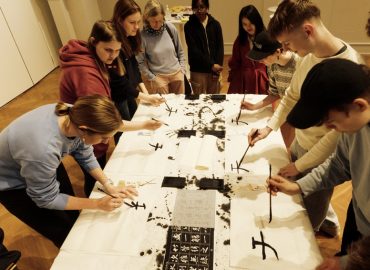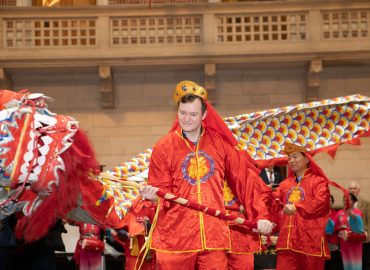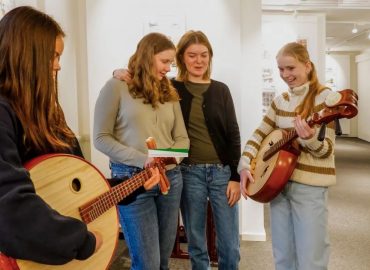On January 21, 2025, which coincided with the Chinese festival Xiaonian(the Preliminary Eve), the China Cultural Center in Copenhagen successfully hosted its second “Spring Festival on Campus” event. More than 40 high school students from Ørestad Gymnasium, who take Chinese as an elective, attended the event alongside their teachers, immersing themselves in the unique traditions and charm of Chinese Spring Festival culture.
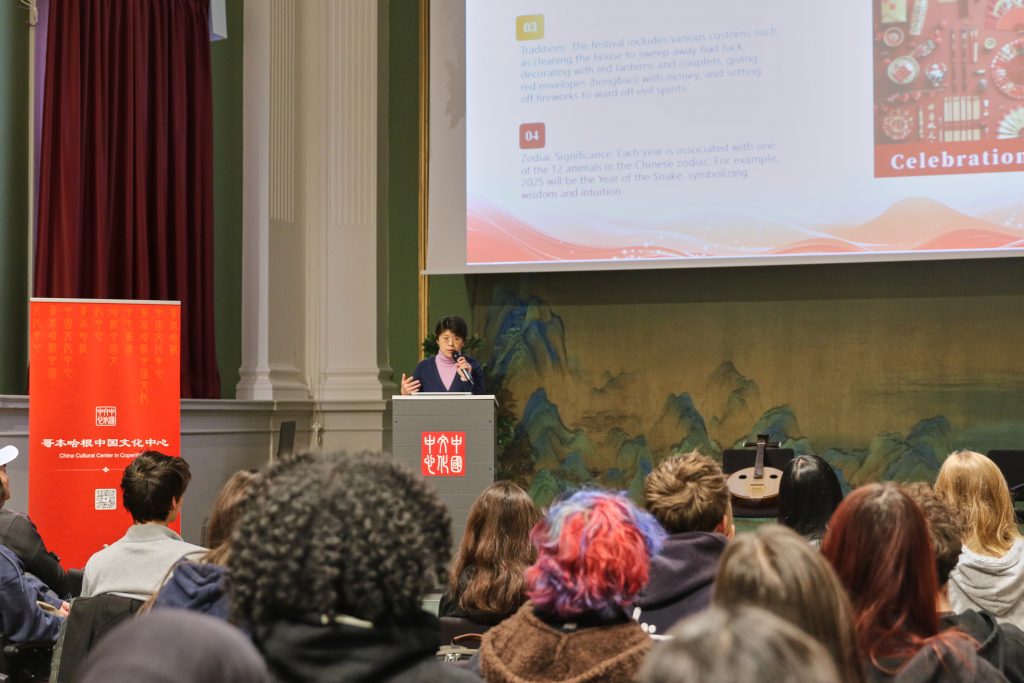
In her opening remarks, the Center’s director, Mu Xianghong, introduced four key concepts—Hope, Home, Harmony, and Health—to illustrate the cultural essence of the Spring Festival. She explored its symbolic meanings, family values, traditional customs, and the Shengxiao (Chinese zodiac), providing participants with a deeper appreciation of China’s rich cultural heritage.
A special highlight of the event was a performance by He Xing, a musician and graduate of the Royal Danish Academy of Music, who demonstrated the Zhongruan, a traditional Chinese stringed instrument, alongside the classical guitar. Through side-by-side performances, he vividly showcased the differences in auditory perception of the Chinese pentatonic scale and the Western heptatonic scale. During the interactive “Music and Imagery” session, students identified musical imagery from brief phrases with impressive accuracy, gaining a deeper understanding of the unique aesthetic conception that defines Chinese culture.
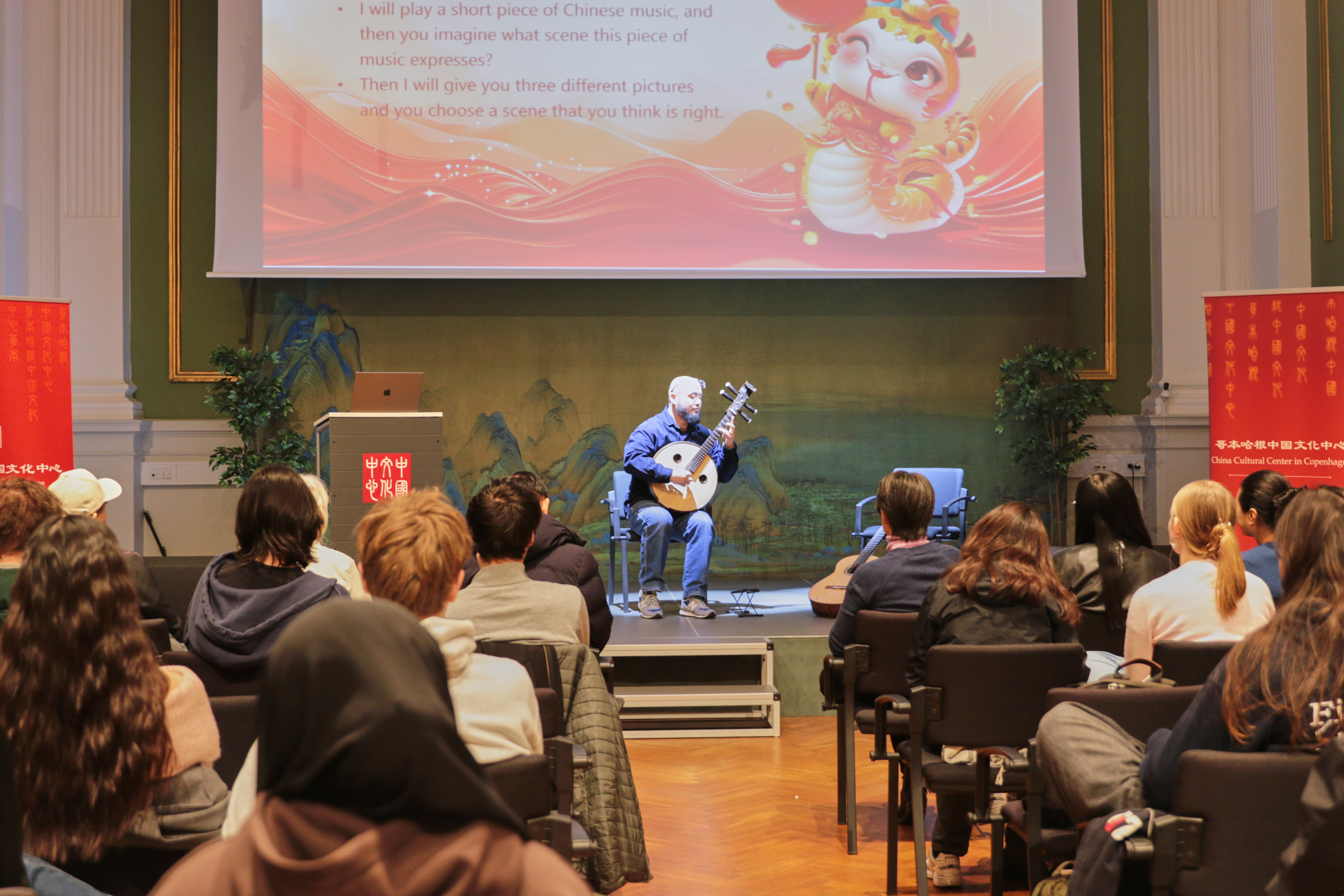
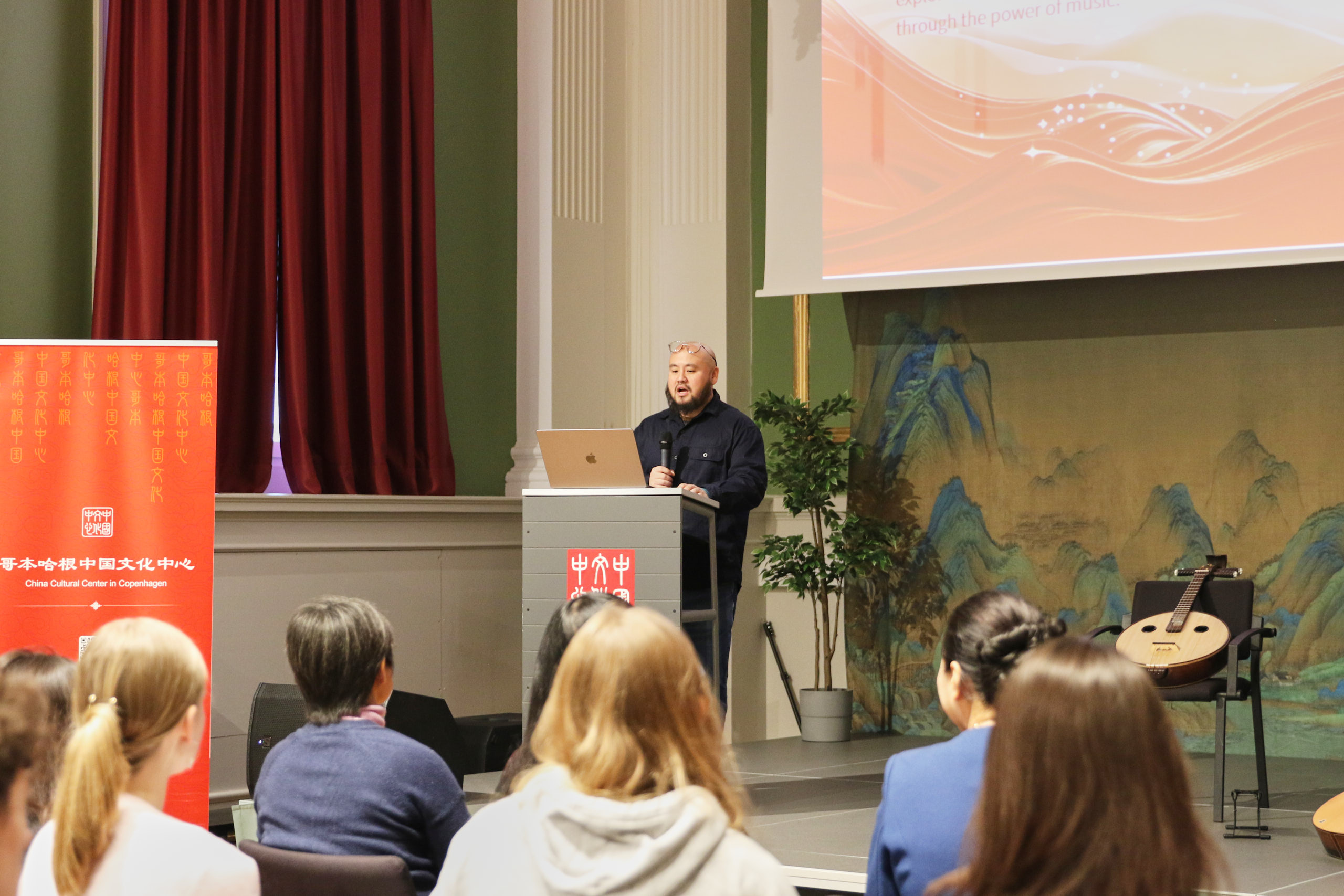
Professor Yang Yubing from Beijing Sport University presented a captivating demonstration of the 42-move Tai Chi routine, with his fluid movements resembling flowing water. To illustrate the Tai Chi philosophy of yin and yang, five students attempted to push against Professor Yang’s abdomen simultaneously, only to see their combined force effortlessly neutralized. This mesmerizing display left the audience in awe, offering them a fresh perspective on Chinese martial arts and Eastern philosophy.
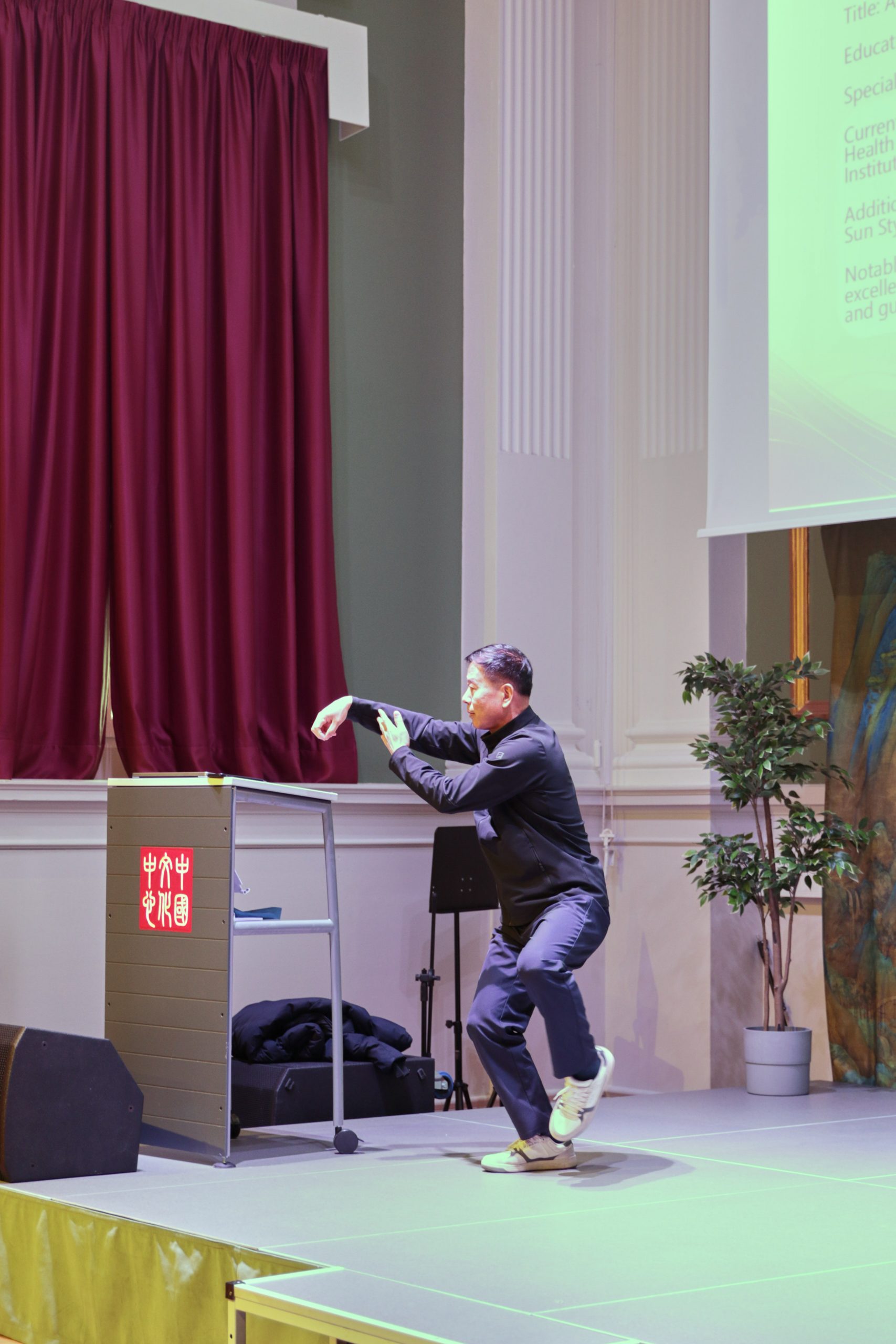

The event also included the popular dumpling-making activity, where students got hands-on experience crafting this iconic Chinese dish. Additionally, a master paper-cutter demonstrated the art of Chinese paper cutting, which UNESCO recognized in 2009 as part of the “Representative List of the Intangible Cultural Heritage of Humanity.” The artist transformed ordinary sheets of paper into intricate designs of butterflies and the 12 Shengxiao animals, earning enthusiastic admiration from the students. The Center’s staff further enriched the experience by helping students write their New Year wishes in Chinese on red, gold-flecked paper, symbolizing their hopes for the coming year.
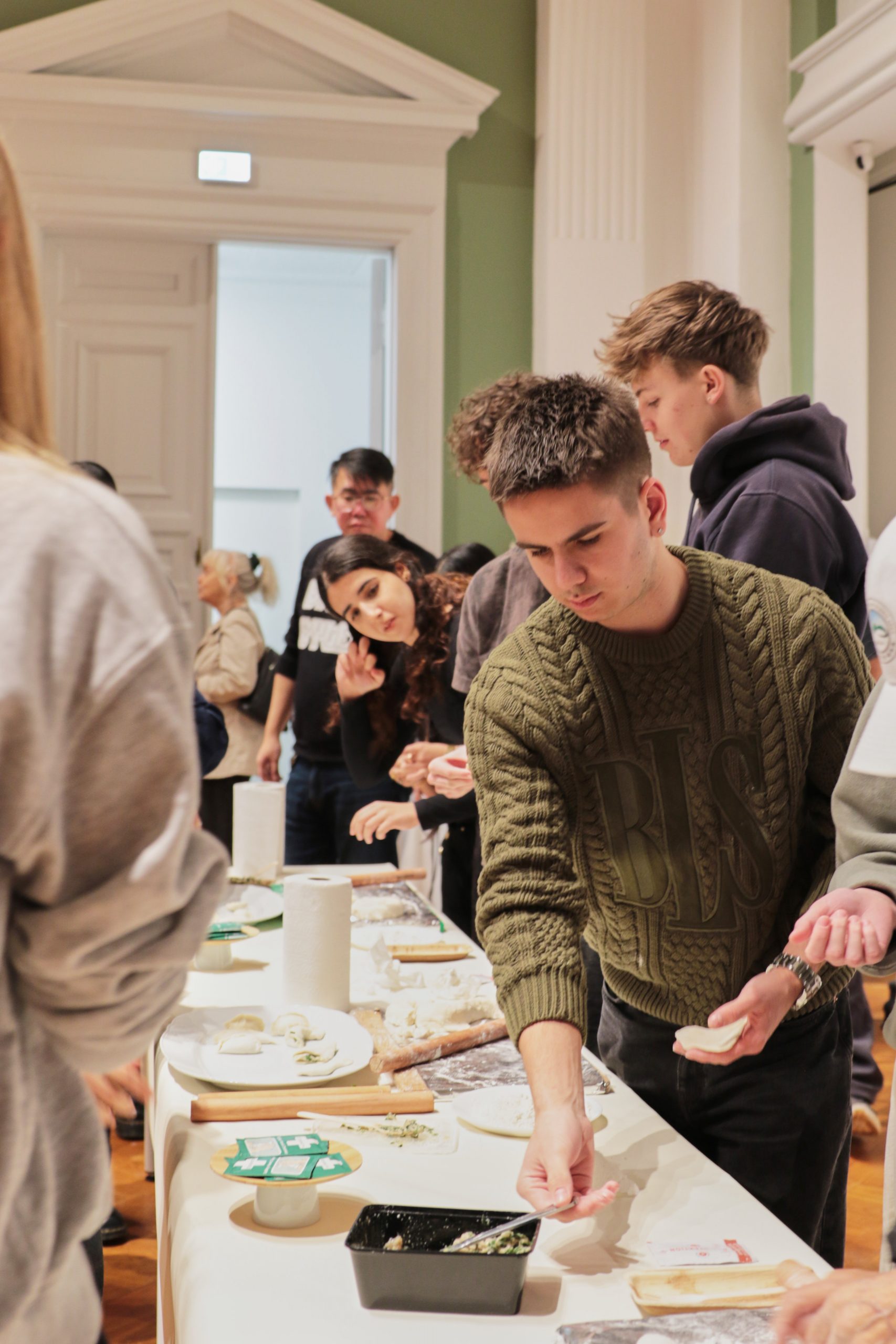
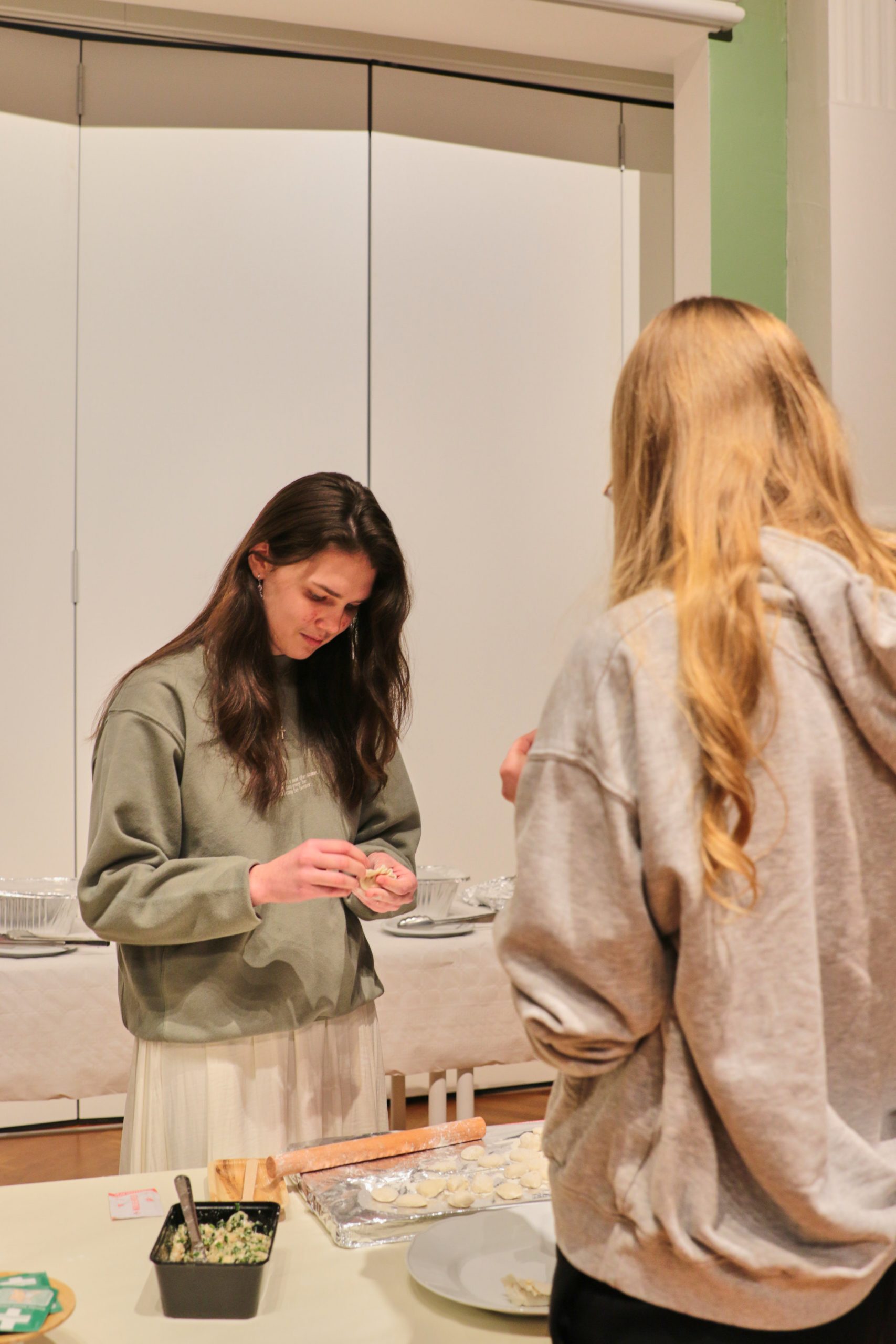
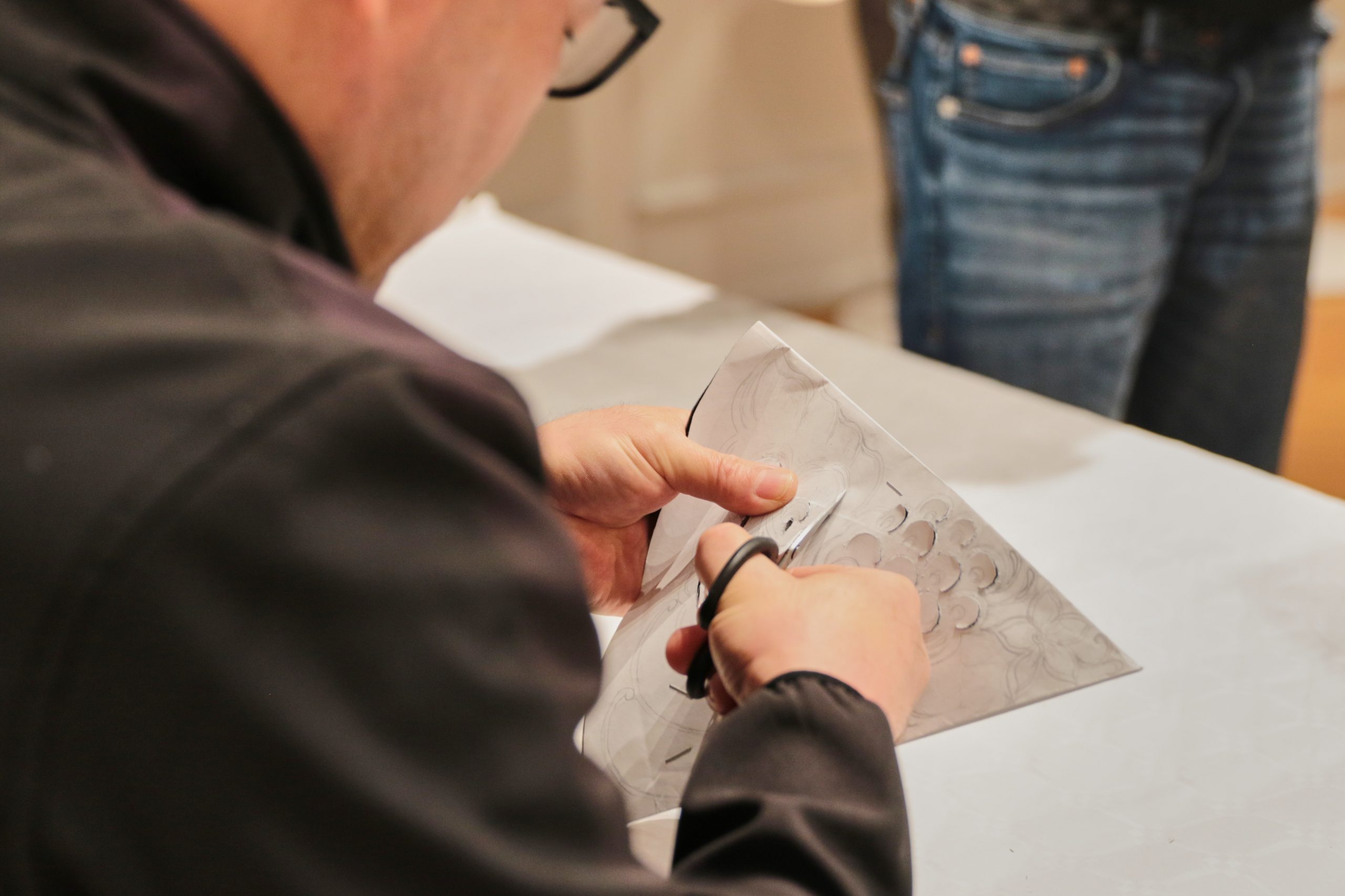
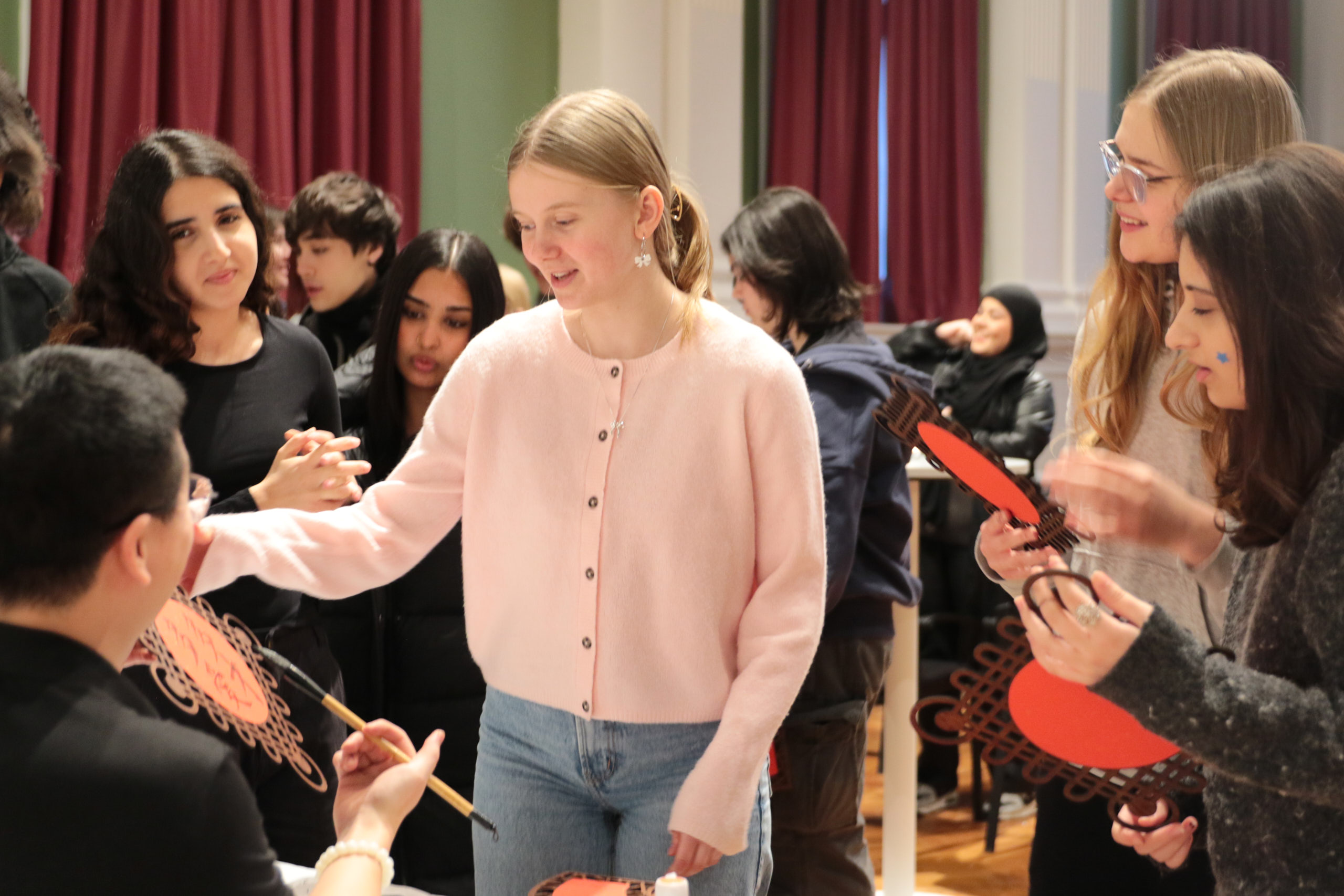
Through immersive, multi-dimensional activities celebrating a traditional Chinese festival, the China Cultural Center in Copenhagen deepened Danish students’ understanding and appreciation of Chinese culture.

